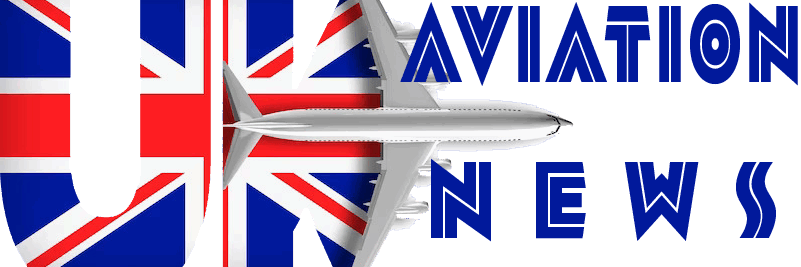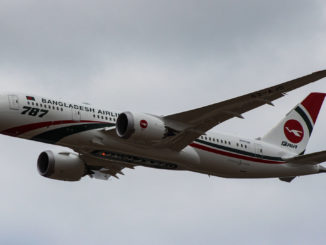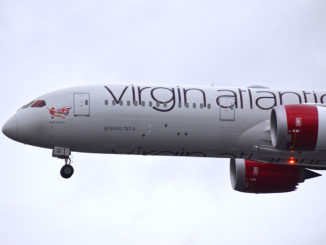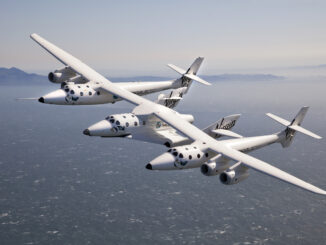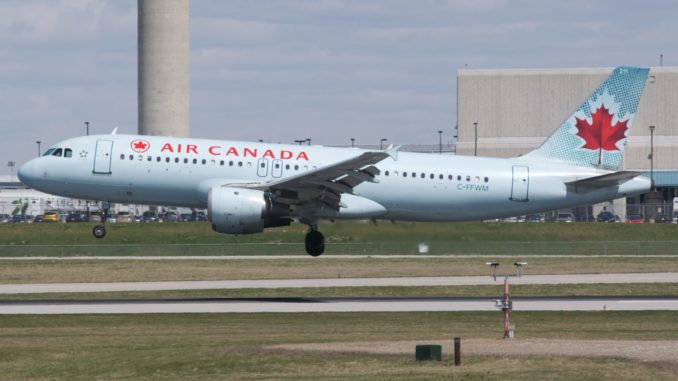
For the second time in less than 6 months, Air Canada pilots have been involved in an incident while landing at San Francisco. The second incident occurred on Sunday night when Air Canada flight AC781 from Montreal was ordered to abort its landing six times by Air Traffic Control (ATC). Despite the 6 orders to ‘Go Around’ the pilots did not take action and proceeded to land the plane at San Francisco at around 9.30pm.
Flight AC781 had initially been given its clearance to land when it was six miles from the airport but ATC rescinded the clearance after they believed a Southwest Airlines flight ahead was not going to vacate the runway in time. ATC then gave the order to ‘Go Around’ but the Air Canada pilots claim they didn’t hear the order. In the 35 seconds after this, ATC continued to contact the pilots with a further six calls and also shining a red beacon from the tower at the cockpit in a last-ditch attempt to get the pilots attention.
All forms of contact from the tower were unanswered and the plane continued to land. Fortunately the Southwest flight that was ahead of the Air Canada plane had been able to vacate in time, otherwise, there could have been a serious disaster.
This incident comes after another near miss at San Francisco, which also involved an Air Canada flight where the plane came within less than 60ft of landing on an active taxiway with four other aircraft on. The mistake only noticed after one of the planes on the taxiway alerted the tower to the Air Canada plane. Prompting the pilots of that flight to abort its landing and make another attempt. The incident which happened on July 7th resulted in a number of Federal Aviation Administration (FAA) directives about procedures at the airport during night time operations.
Sunday nights incident included the unusual step of an ATC supervisor using a flashing ‘red light gun’ which was flashed at the cockpit as a warning to the pilots to abort the landing. It was used after the Air Canada pilots had ignored 6 verbal commands from ATC. The ATC audio clip was captured from LiveATC.net where you can hear ATC trying desperately to get the pilots attention in the seconds before it landed.
Following the landing of AC781 the pilots radioed the tower to inform them they had problems with their radio. The controller was heard to respond “That’s pretty evident!” The FAA is now investigating the second serious safety issue at San Francisco and Air Canada this year.
Listen to the Air Traffic Control conversation between Air Canada 781 and San Francisco Tower.
Peter Fitzpatrick from Air Canada said the company was launching an investigation into the events on Sunday night. “After receiving proper clearance to land it proceeded to do so and landed normally. Upon landing the crew was informed the tower had attempted unsuccessfully to contact the aircraft, however, the message was not received by the crew,”
San Francisco is notorious for its complex air traffic procedures owing to the airport’s dual parallel runway layout. This often causes ATC to make last minute changes to the approach of aircraft. Pilots say that it’s very important to stay alert when flying in and out of San Francisco and they say any silence from the tower should immediately alert you to a possible problem. This, they say should have been a first indication to the Air Canada pilots.
“The hair on the back of my neck would raise up if I’m not hearing anything on the tower frequency for 10 seconds in San Francisco,” longtime American Airlines pilot Chris Manno said. He went on to say “Pilots are trained to respond to the flashing-light warnings the FAA said were used in the airport tower. The light signal is obvious — green means land, red means go around” Mr Manno said that he had never encountered this warning signal being used during his time flying commercial planes. He had only ever seen it during his time in the Air Force.
John Cox, an aviation safety consultant said he’s not surprised the Air Canada pilots missed the light warning. “If they are not looking at the tower — which is not something you normally do — you won’t see it,”
Now the National Transportation Safety Board and FAA are looking into the incident. This comes after they had already made changes to the procedures at San Francisco following the near miss in July. Some of the changes included controllers no longer allowing pilots to make visual approaches to land. They must now always use the Instrument or Satellite based procedures when lining up for landing. The FAA also now insists there must be two controllers in the tower at all times.
Air Canada has still made no comment about what happened to the pilots involved in the July incident and whether or not they were disciplined. However, this is now the second serious safety infringement involving their pilots at San Francisco and its clear something must be done before another problem occurs.
